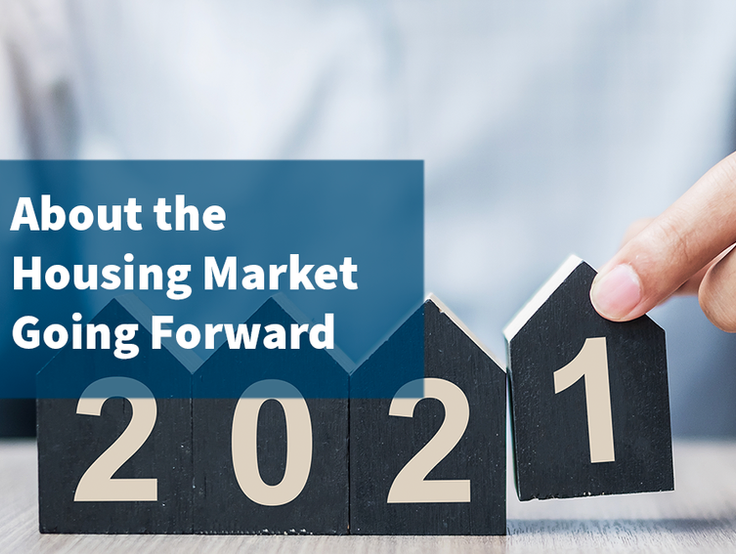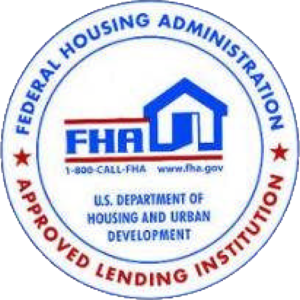Over the last sixty years, after adjusting for inflation, median home prices increased 121 percent while the median household income only increased 29 percent. On the face of it, this seems to indicate that housing has become less affordable over the years. That isn’t really true though. The rise of women in the workforce has changed the dynamics of home pricing. Prices now reflect the expectation of dual income, two person households. When this is taken into consideration, housing prices are at long term normal levels.
Factors Driving the Accelerated Increase in House Pricing
The accelerated increase in house pricing is being driven by several factors. For one, the cost of the big three components – land, labor and lumber – have all increased. Lumber cost is at an all-time high. With lower levels of immigration, labor costs have increased and with strict zoning regulations, especially in urban settings, land has been limited and the price driven up. In addition, low interest rates, which are expected to remain at existing levels through this year, have made borrowing to buy a home more affordable. That same monthly payment can now buy more house, driving up buyers’ bids.
Perhaps the biggest driver of house pricing is the supply/demand imbalance. On January 22nd, the National Association of Realtors announced that unsold housing inventory sits at an all-time low of 1.9 months based on the current sales rate, down from 3 months a year ago. Demand, driven by low interest rates and societal shifts due to COVID-19, has outpaced supply.
Why the Shortage of Houses for Sale?
Why the shortage of houses for sale? For one, many people, especially older people driven by COVID-19 concerns, who own homes don’t think now is a good time to sell. In December the Fannie Mae Home Purchase Sentiment Index® (HPSI) declined for the second consecutive month and fell to its lowest level since May 2020, as consumers adjusted to the worsening COVID-19 conditions of the first few weeks of December (the survey collection period).
Given the present unfavorable economic conditions, both the “Good Time to Buy” and the “Good Time to Sell” components of the survey fell significantly. The big drop in the sell side, down 18 points and reversing most of the increases of the past three months, implies that, at least temporarily, sellers may wait to list their homes. The effect of this would be the further tightening of already tight inventories, additional home price growth and a dampening of home sales.
Going Forward, Supply Is Expected to Increase
Going forward, the supply is expected to increase. The U.S. Commerce Department announced that housing starts jumped 21.4% on a year over year basis and building permits soared 9.2%, the highest level in 13 years. This indicates a healthy market. As prices and profits go up, builders and developers should enter the market and increase supply. That’s what we see happening, though given the low inventory levels it will likely take through 2022 for supply to catch up with demand.
Millennials were already starting to move from urban to suburban areas. During the financial crisis, Millennials were looking for jobs and the place they were available was in the urban centers. This meant many lived-in apartments. Now that they have children that are reaching school age they are moving out to areas with more land, more sports, good schools and other amenities. They are moving from urban areas to the suburbs. When COVID-19 hit the plans, these people had for the next three years accelerated. The recent housing starts data support this, showing single family housing starts rose 12% while multi-family fell 13.6%. How sustainable this movement is remains to be seen. If this is just an acceleration of buying that would have happened anyway, it implies that the supply/demand balance would move toward more supply, less demand a few years out.
If You Have to Borrow, Now Is Good Time to Buy a House
There are a lot of factors at play when it comes to accessing the cost of housing. To this writer, it seems that the house prices will continue to rise in the short term and have the potential to grow at a slower pace, or even decline slightly, a few years out.
With that said, if you have to borrow to buy a house, now is a good time to buy. You might just have to be more patient or more aggressive than you would have been otherwise given the competition.




